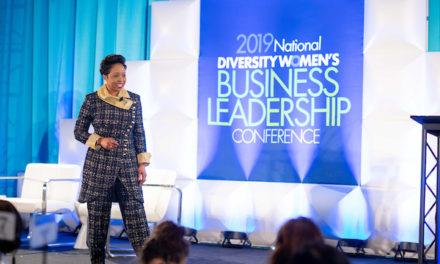
I was once asked by a past colleague if I thought my background affected my work. At first, I didn’t understand the question. My background? Did he mean my education? The fact that I grew up in New Jersey? He stumbled through the question again, this time emphasizing the word background. Then it clicked, with that DUH feeling, just as it does every time my race is pointed out to me unsuspectingly. I froze. I wasn’t sure what to say or what specific incident he could be referring to, but I started to put the pieces together in my head. This was the same colleague who would bring up other Korean Americans he had worked with in the past and ask if I knew them.
The silence grew longer, and in a desperate attempt to squash this awkward conversation, I (regretfully) responded with a smile and a shrug, “I guess in Asian culture, hierarchy and respect for elders is a big thing.” I’m not exactly sure what I meant by that – in fact, it still makes me cringe that I may have perpetuated the stereotype of the passive, submissive Asian in a situation where I should’ve demanded further explanation. This must have aligned with what my colleague was getting at, seeing as he responded with, “Exactly! I see that!”
I’m going to assume that my colleague was trying to compliment me… Actually, I’m not sure. What I am sure about is that he was acting on a stereotype. I recently learned that a common archetype used in diversity training is the Asian woman. In corporate culture, where the loudest, self-advocating, and masculine voice seems to command the most attention, Asian women often find themselves at a disadvantage by virtue of harmful stereotypes and, at times, cultural norms on top of existing gender biases.
As Harvard Business Review reported, “While business leaders are often expected to be competent, intelligent, and dedicated, they are also expected to be charismatic and socially skilled — along with masculine and dictatorial or authoritarian. This puts at a disadvantage Asian Americans, who, like women, are often seen to fit low to midlevel management positions but not top-level leadership. (It’s even harder for Asian women — they comprise only 3.1% of executives in the five tech companies mentioned above, while Asian men comprise 13.5%.)”
The Center for Talent Innovation released a report that also affirms these barriers: “Executive presence constitutes 26 percent of what senior leaders say it takes to get the next promotion. Yet because senior leaders are overwhelmingly Caucasian, multicultural professionals (African American, Asian and Hispanic individuals) find themselves at an immediate disadvantage in trying to look, sound, and act like a leader. Their representation in the C-suite attests to this disadvantage: multicultural professionals hold only 11 percent of executive posts in corporate America, and they comprise a paltry 3.8 percent of Fortune 500 CEOs.”
How can this be changed? The larger issue here is the representation, or rather, the lack thereof, of Asians (as well as other minority groups) in American society. Despite being a growing demographic, our representation in media and politics is so often minimal and one-dimensional – not to mention “Asian” captures an enormous group of distinct cultures that is difficult to represent as one unit in the first place. This one-dimensional characterization acts as a barrier against executive-level advancement of Asians across industries.
Perhaps the most harmful effect of this lack of representation is when the “invisibility” is internalized. More stories need to be told. Individuals need to be uplifted and encouraged. Oh, and it would help if Asian movie roles weren’t given to the likes of Tom Cruise and Emma Stone.
My background, or at least my background as my colleague described it, hasn’t gotten in the way of my career or success. I am aware, however, of the impact others’ assumptions and biases towards it can have. What would it take to elevate the representation of multidimensional Asian women (and men) in the corporate space? It’s not a simple issue with a simple solution, but here are a few we can act on now: Sponsorship and allyship. Allies and sponsors, particularly white, male allies and sponsors, have proven crucial to multicultural women’s success in the workplace because of the white male norms around leadership embedded in corporate culture.
Read up on other ways to be an ally—not just for Asians but for all minority groups—and keep in mind that we each have a voice to contribute in the fight for equity.


















